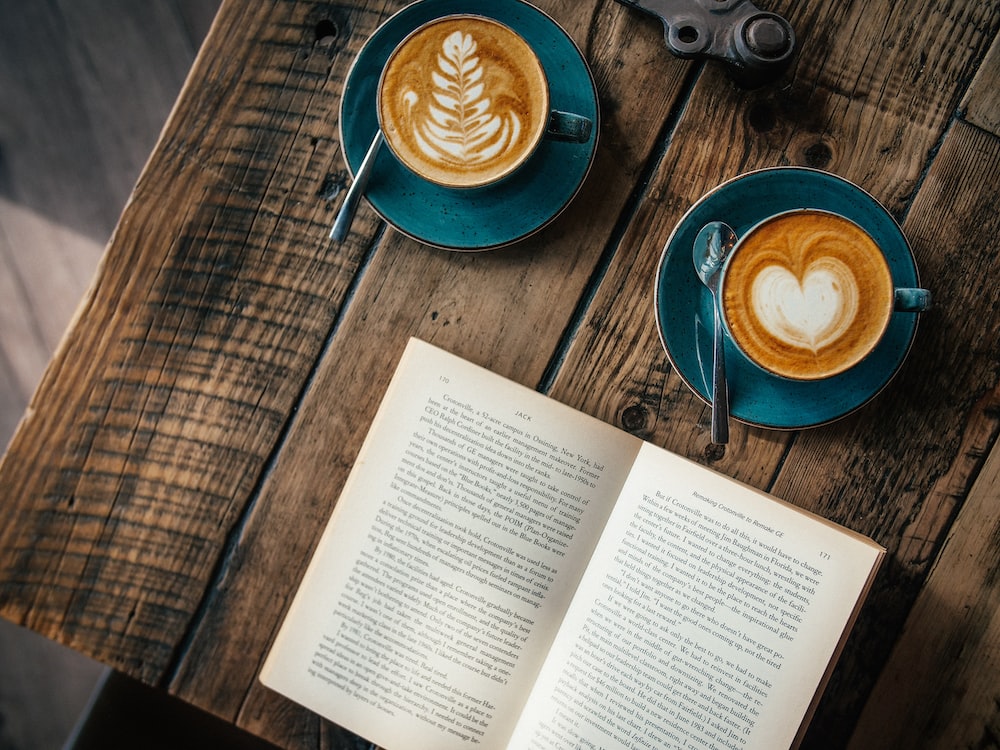
4 minute read
Booklover — Writing a Novel
Column Editor: Donna Jacobs (Retired, Medical University of South Carolina, Charleston, SC 29425) <donna.jacobs55@gmail.com>
Death by Water was the only offering at the Charleston County Library by the Japanese author Kenzaburo Ōe “who with poetic force creates an imagined world, where life and myth condense to form a disconcerting picture of the human predicament today,” was awarded the 1994 Nobel Prize in Literature. Two other Japanese authors have received this prestigious award: Kawabata Yasunari in 1968, and Kazuo Ishiguro in 2017. Searching the stacks for Nobel Laureates and their literature is getting harder and harder as I work through this bucket list idea of reading one piece of work from each prize recipient. And yet, this is a captivating title as I have just recently learned of the passing of Ōe from several news sources. I take the book from the shelf and ponder where this story will take me.
“Disconcerting picture” is the perfect description for this offering by Ōe. The main character, Kogito Choko, is considered by many to be Ōe’s literary alter ego and thus an author himself. The storyline involves a dilemma for Choko about a novel that he has always wanted to pen about his father’s drowning. Choko has put off writing this novel, as he believes that a red leather trunk, in his mother’s possession, contains documents that will help him divine the reasoning behind not only his father’s death but also his life. He comes into possession of the trunk after his mother’s passing and, from this event, Ōe delivers to the reader a book about a book that takes one on quite a journey (I’m transported to another book about a book with a fantastic journey: Orhan Pamuk’s The New Life). There are so many layers in this story that mirror Ōe’s life. I came to appreciate this after reading the news articles once I had finished the novel and was preparing to write this column. The timing of this was not lost on me and I was glad I had waited to background myself.
Ōe was born in 1935 on the island of Shikoku, which is also the setting for this work of fiction. After his father died in the war, his mother took on the task of educator. In one biographic sketch, he recalled how his mother exposed him to a variety of novels. The Adventures of Huckleberry Finn was one example of a book that particularly influenced him. His alter ego, Choko, also reflects: “Seeing those old journals again reminded me of my mother’s system of keeping me supplied with reading material during the war…. That is how I came to discover The Adventures of Huckleberry Finn, a transformative book that became the cornerstone of my personal Great Wall of Literature.” One might argue that the book’s influence is felt in Death by Water, but I will leave this to the scholars. Another tidbit from Ōe’s biographic sketch is that he published a series of works incorporating sexual metaphors for the occupation of Japan in the years between 1958 and 1961 and though Death by Water was published in 2009, it also incorporates a sexual overtone as well as internal storylines that include rape.
In addition, there is a constant juxtaposition between the forest and the river even to the detail of dissecting the subtle differences in the water-related vs the woodsy kanji (Kanji is the system whereby Chinese characters are incorporated in Japanese writing). The reader experiences this in the lines engraved on the monument stone installed in Choko’s father’s memory:
“You didn’t get Kogii ready to go up into the forest
And like the river current, you won’t return home
In Tokyo during the dry season
I’m remembering everything backward,
From old age to earliest childhood.”
In the end one might find all this “disconcerting,” but I found the novel oddly captivating.










